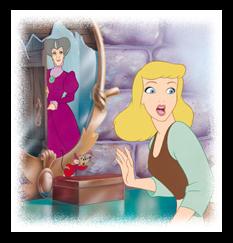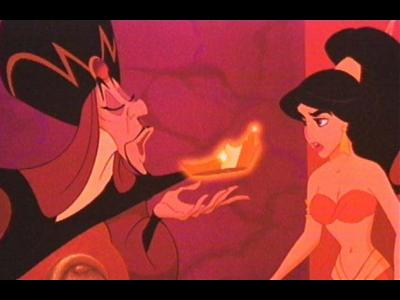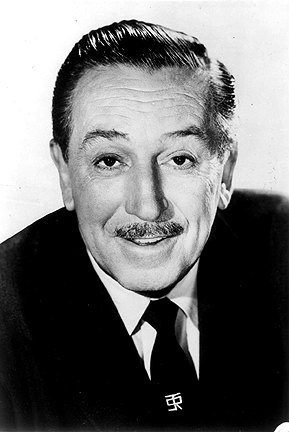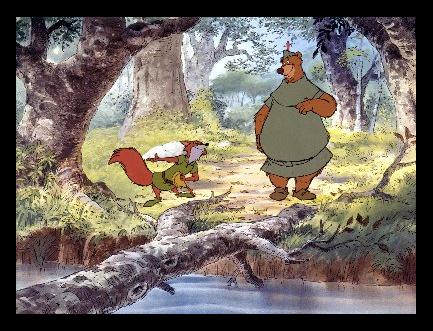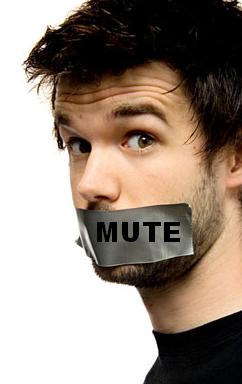A major cooperation embedded within the multimedia approach is Kay Jewelers. Kay Jewelers is known nationwide for their assortment of fine rings, watches, earrings and other jewelry for both men and women. Its very popular slogan “Every kiss begins with Kay” grabs the attention of men and women who are looking to romanticize their significant other. Whether the occasion is for birthdays, wedding anniversaries, Christmas or Valentine’s Day, Kay Jewelers provides that oh-so-perfect gift for that special someone.
Kay’s ads appear across a wide variety of media channels ranging from television, to magazines, to newspapers, and even to the internet. The television commercials usually run around upcoming holidays; Christmas being the most popular of all. Likewise, advertisements within newspapers and magazines run around the same popular holidays as well. As for the internet, accessing Kay Jewelers website is always available for viewing. As said on the website, “Since 1916, Kay Jewelers has grown from one store to more than 900 from coast to coast. As the #1 specialty jewelry brand in the United States, we know that offering fine jewelry at a great price is only part of the story. We are fully committed to providing a superior shopping experience – both in our stores and online.”
The targeted audience of Kay Jewelers is mainly based off of demographics: age, gender, race, and ethnicity. In respect to age, the patrons within the advertisements are adults, both men and women. All of the ads feature couples (of the opposite sex) sharing their “Every kiss begins with Kay” moment. Most of the ads are of traditional values. The men are giving the gift of diamonds to the women whom they love. As the stereotypical saying goes, “Diamonds are a girl’s best friend.” Yet there is a bit of a controversy of the races portrayed in the Kay Jewelers commercials. Practically every customer represented in the Kay Jeweler commercials is white; although, there are very few advertisements of African American people. By far the white patrons featured in the ads definitely outnumber the African American customers. What about other races and ethnicities? Never has there been any commercial featuring the other members of society besides white and African American. Kay Jewelers seems to have fallen under invisible stereotyping. Entire segments of the population are most definitely ignored including Hispanics, Asians, and even Gay/Lesbian. But there was one commercial that featured a woman with disability, she was deaf.
Key jewelers may seem to hound in on adults but now they have begun reaching out to teens. Kay Jewelers teamed up with Seventeen magazine to draw in young consumers. The ad read as follows:
“Even if you’re not the biggest football fan, one of the best things about homecoming is the chance to hang out with all your friends (and cute guys!) and go to the dance later. Why not take this opportunity to show off your style with a new piece of jewelry?”
“Kay Jewelers has teamed up with Seventeen to bring you a fine-jewelry collection designed just for teens! Their cute conversation heart necklaces, $95 (left), have fun sayings like “Sane” and “Crazy” and “Naughty” and “Nice” on opposite sides, which are totally fun and trendy, but still casual enough to wear to a game. Another awesome piece is the Sterling Silver White Topaz Heart necklace, $155 (right), which is perfect to rock at the dance later. The Seventeen Jewelry Collection is available in stores and online at kay.com/seventeen.”
Realistically, what teen can afford a 95 dollar necklace?! Or even a 155 dollar necklace for that matter? It is absolutely crazy. I guarantee some spoiled girls convinced their parents to buy them the jewelry. Or perhaps a young boy in love convinced his parents to lend him money that way he could afford to guy his girlfriend the piece of jewelry.
Although Kay jewelers may have a few flaws, they do have an effective cooperation. The shop has been flourishing since 1916, which is almost 100 years. That must mean they are doing something right! The advertisements and commercials create a love connection many people admire. In doing so, the public purchases the jewelry in hope to gain that same bond seen in the ads. Kay Jewelers has crafted a perfect scheme, one that is hard to resist. The advertisements indeed reach the designated audience. The irony of the whole idea is that Kay jewelers plays on the act of love. But love is an abstract term. It is a feeling felt between souls, yet Kay jewelers presents love as something with a price tag. As said by Titus Plautus “I would rather be adorned by beauty of character than jewels. Jewels are the gift of fortune, while character comes from within.”










 In recent news, the 34-year-old Academy Award winning actress Kate Winslet, filed a libel lawsuit against the British newspaper titled Daily Mail.
In recent news, the 34-year-old Academy Award winning actress Kate Winslet, filed a libel lawsuit against the British newspaper titled Daily Mail.

